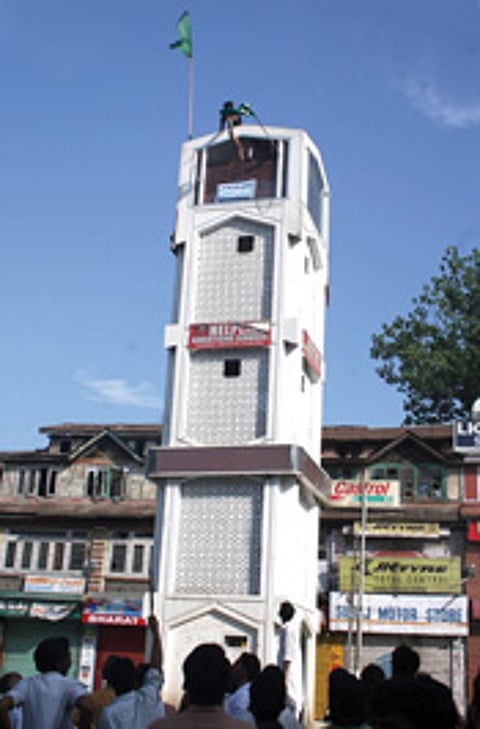Renewed Kashmiri tinderbox
In Kashmir Valley a 40-day dry spell, locally called the wahraat, generally begins in the third week of June, and is marked by scorching sunny afternoons during which the mercury peaks close to 40 degrees Celsius. Despite the fact that this year's wahraat remained relatively cool thanks to an early monsoon in the Indian plains, scores of marriages, university examinations and various business activities were postponed as the fury of a blazing public agitation towards the end of June threw the Valley out of gear.
For nine consecutive days, spontaneous protest demonstrations, often laced with fierce clashes with riot police, refreshed the memories of January 1990, when a mass uprising against central government rule heralded a bloody phase of armed insurgency in the Valley. The latest spell of violence was provoked by the decision of the Congress-led state government to transfer around 99 acres of forest land to the Shri Amarnath Shrine Board (SASB), to be used for erecting shelters for pilgrims for two months every year during the time of the Amarnath Yatra. The governor of the state heads the SASB, that oversees the annual pilgrimage to the Amarnath cave, which houses an ice lingam. For nine days following this seemingly innocuous decision, angry protesters filled the highways and streets in almost every part of J & K's Muslim-majority areas, shouting slogans in favour of Pakistan and against New Delhi's rule in Kashmir.

